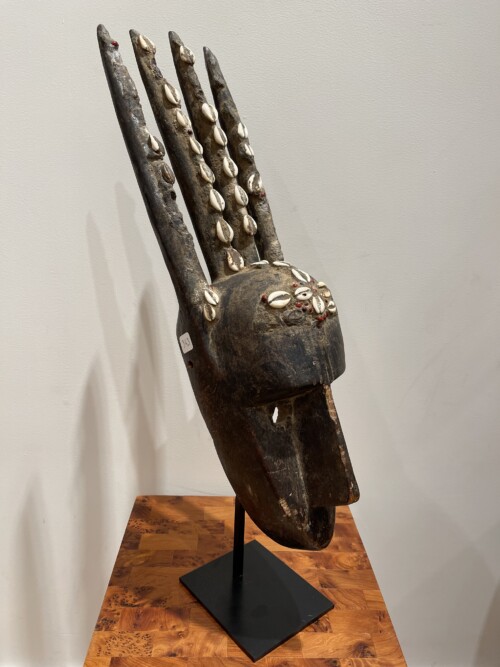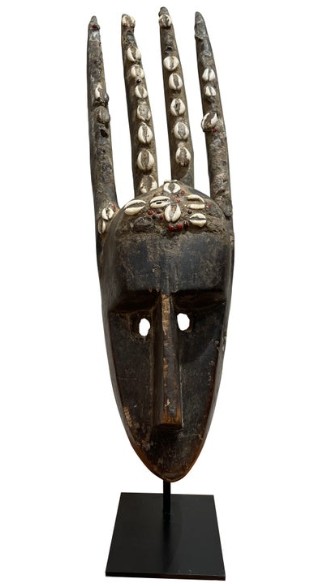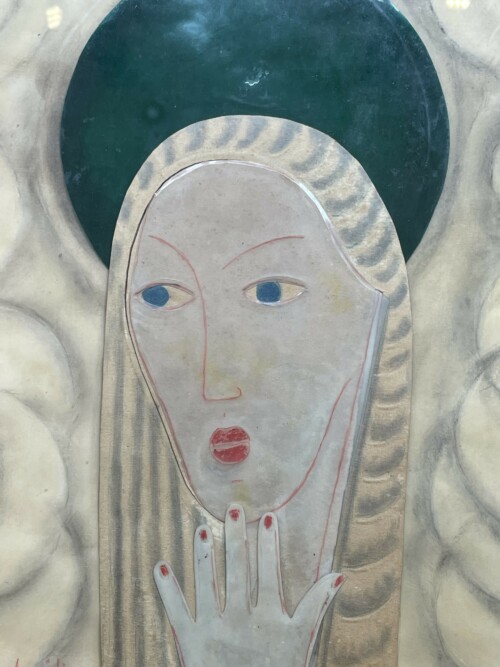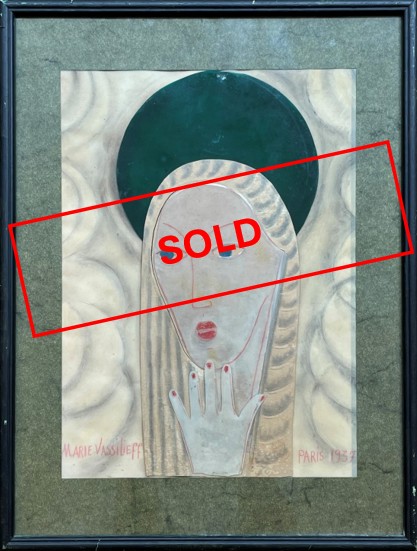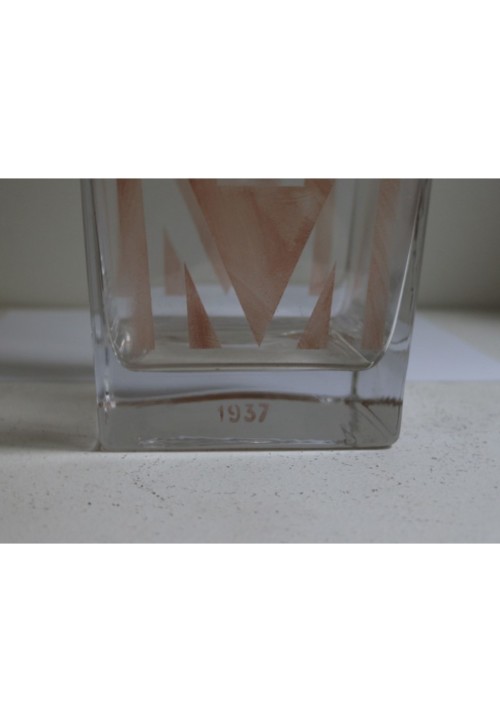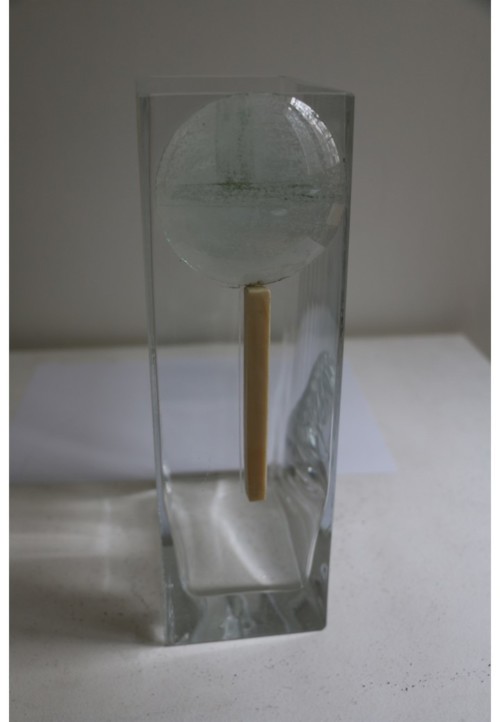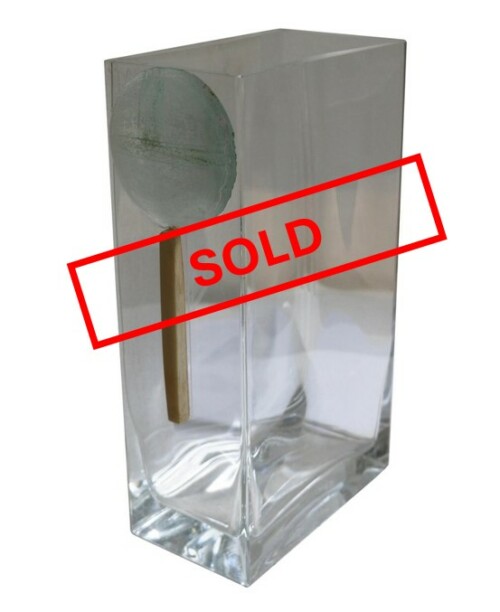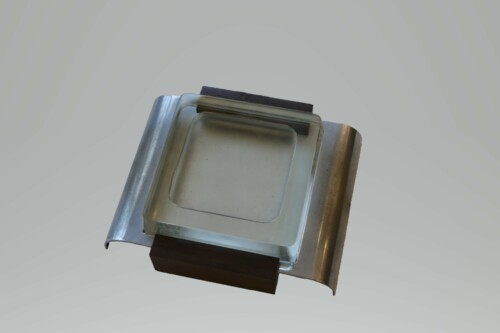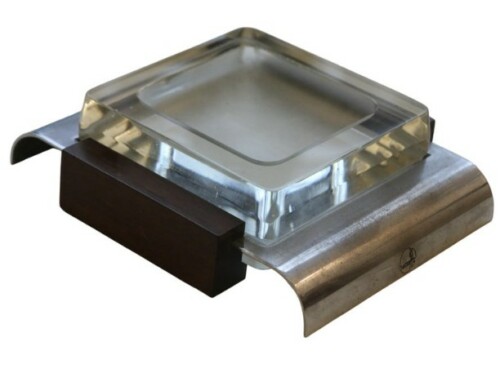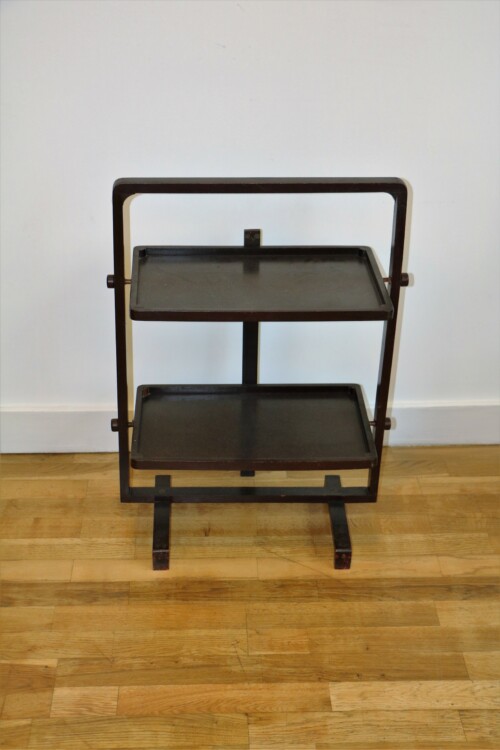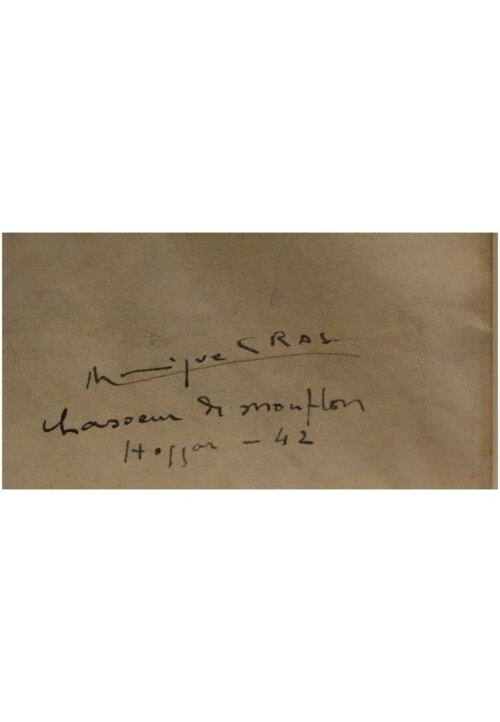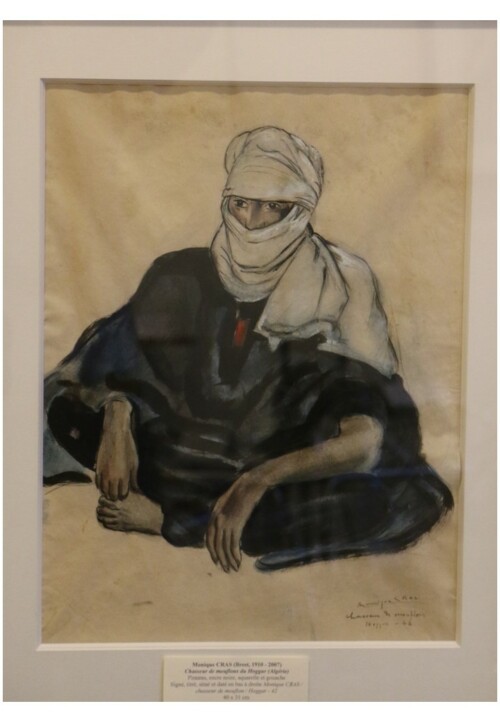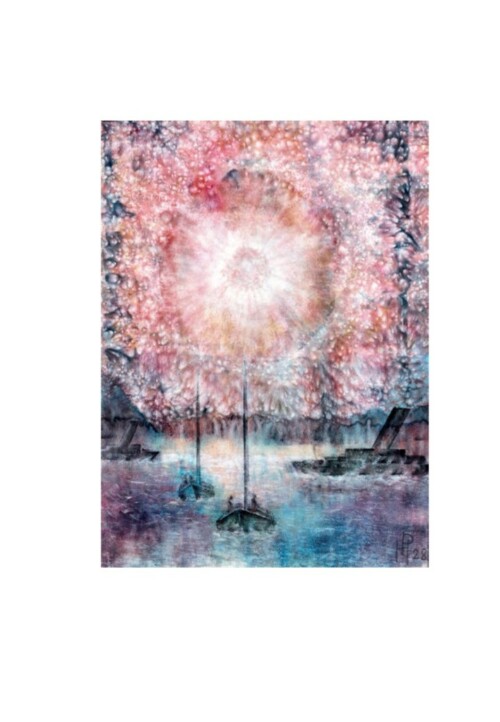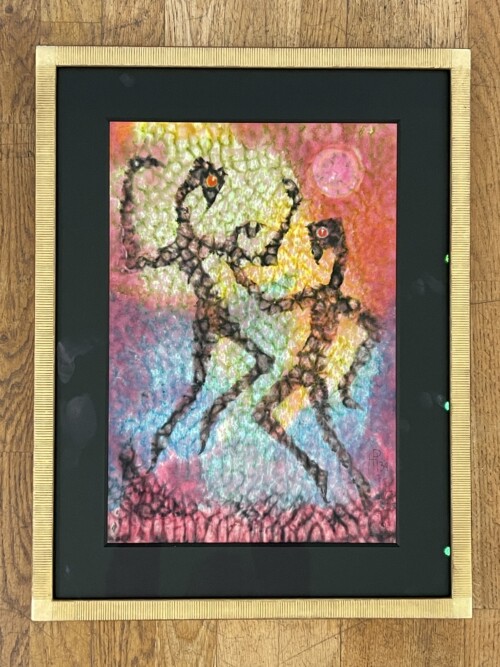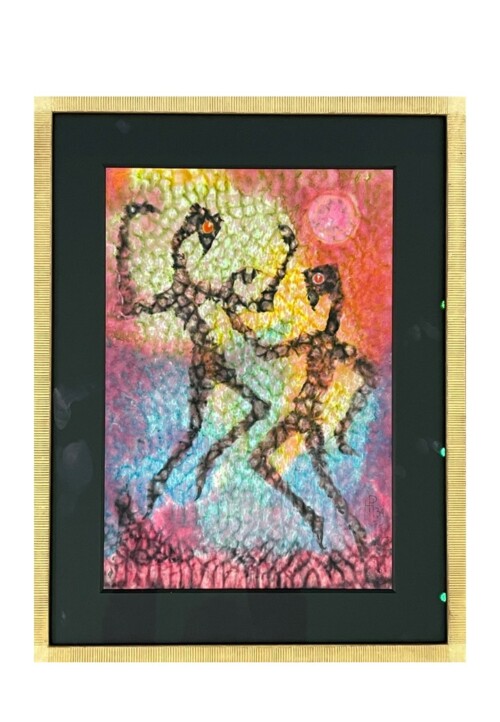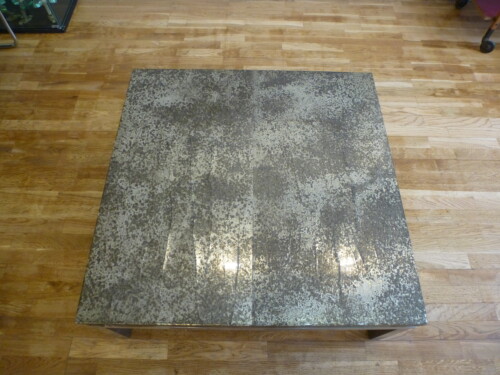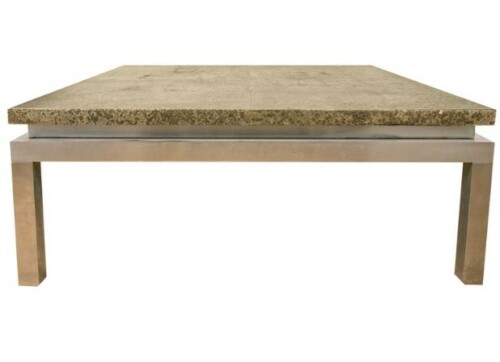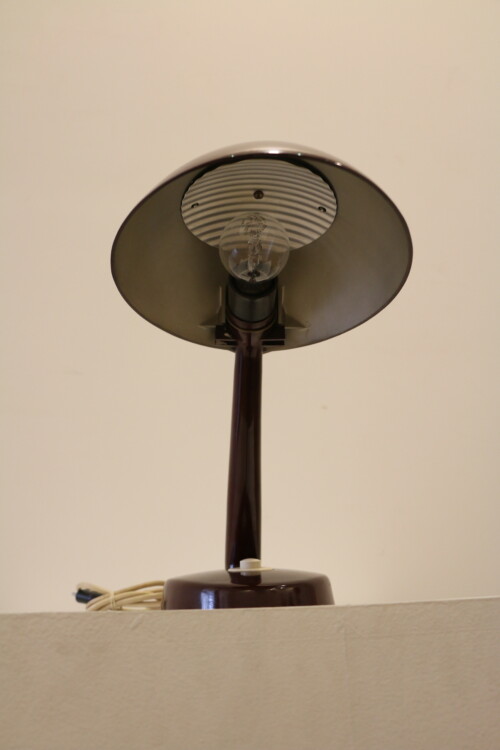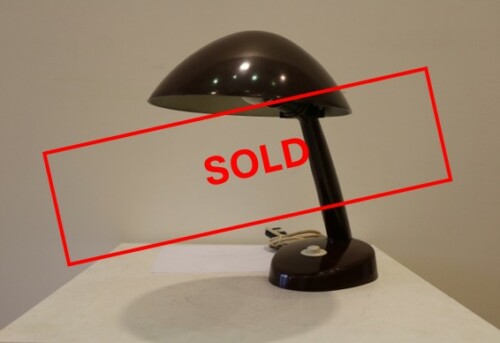Henri Pfeiffer intègre le Bauhaus à l’âge de 17 ans, où il devient élève de Paul Klee. Il réalise de nombreuses œuvres abstraites avec une vision renouvelée de l’utilisation et de la perception des couleurs. Dès son plus jeune âge, Pfeiffer étudie intensivement la chimie des pigments sous la direction de son oncle. En 1933, lorsque le Bauhaus est interdit, il est arrêté par la Gestapo mais parvient à être libéré grâce à l’intervention de ses parents. Par la suite, il abandonne la peinture mais conserve une passion profonde pour les couleurs, devenant un ophtalmologue renommé, spécialisé dans la perception des couleurs.
Après s’être installé en France, Pfeiffer écrit un livre sur le sujet dans les années 1950. Son parcours, de peintre avant-gardiste à scientifique obsédé toute sa vie par la compréhension de la perception des couleurs, est remarquable. Il suit les principes éthiques et philosophiques du Bauhaus, qui prônaient l’intégration de l’art, de la science et de l’industrie.
- Aquarelle sur papier.
- Monogrammé et daté en bas à droite.
- Accompagné d'un message manuscrit au dos écrit par Pfeiffer lui-même : «Cette aquarelle signée HP 31 est originale de mon époque Bauhaus», signé «Henri Pfeiffer».
Dimensions
H : 42 cm L : 29 cm
Pour découvrir plus sur l'artiste
cliquez ici
Henri Pfeiffer joined the Bauhaus at the age of 17, where he became a student of Paul Klee. He created numerous abstract works with a renewed vision of color use and perception. From a young age, Pfeiffer studied the chemistry of pigments intensively under the guidance of his uncle. In 1933, when the Bauhaus was banned, he was arrested by the Gestapo but was successfully released thanks to the intervention of his parents. After this, he abandoned painting but remained deeply passionate about color, eventually becoming a renowned ophthalmologist specializing in color perception.
After moving to France, Pfeiffer wrote a book on the subject in the 1950s. His journey, from avant-garde painter to scientist with a lifelong obsession with color perception, is a remarkable story. It is in line with the ethical and philosophical principles of Bauhaus, which emphasized the integration of art, science, and industry.
- Watercolor on paper.
- Monogrammed and dated at bottom right.
- Accompanied by a handwritten message on the back written by Pfeiffer himself: " This watercolor signed HP 31 is original from my Bauhaus period," signed "Henri Pfeiffer".
Dimensions
H : 42 cm W : 29 cm/H :16.53 in W : 11.41 in
To learn more about Henri Pfeiffer,
click here
